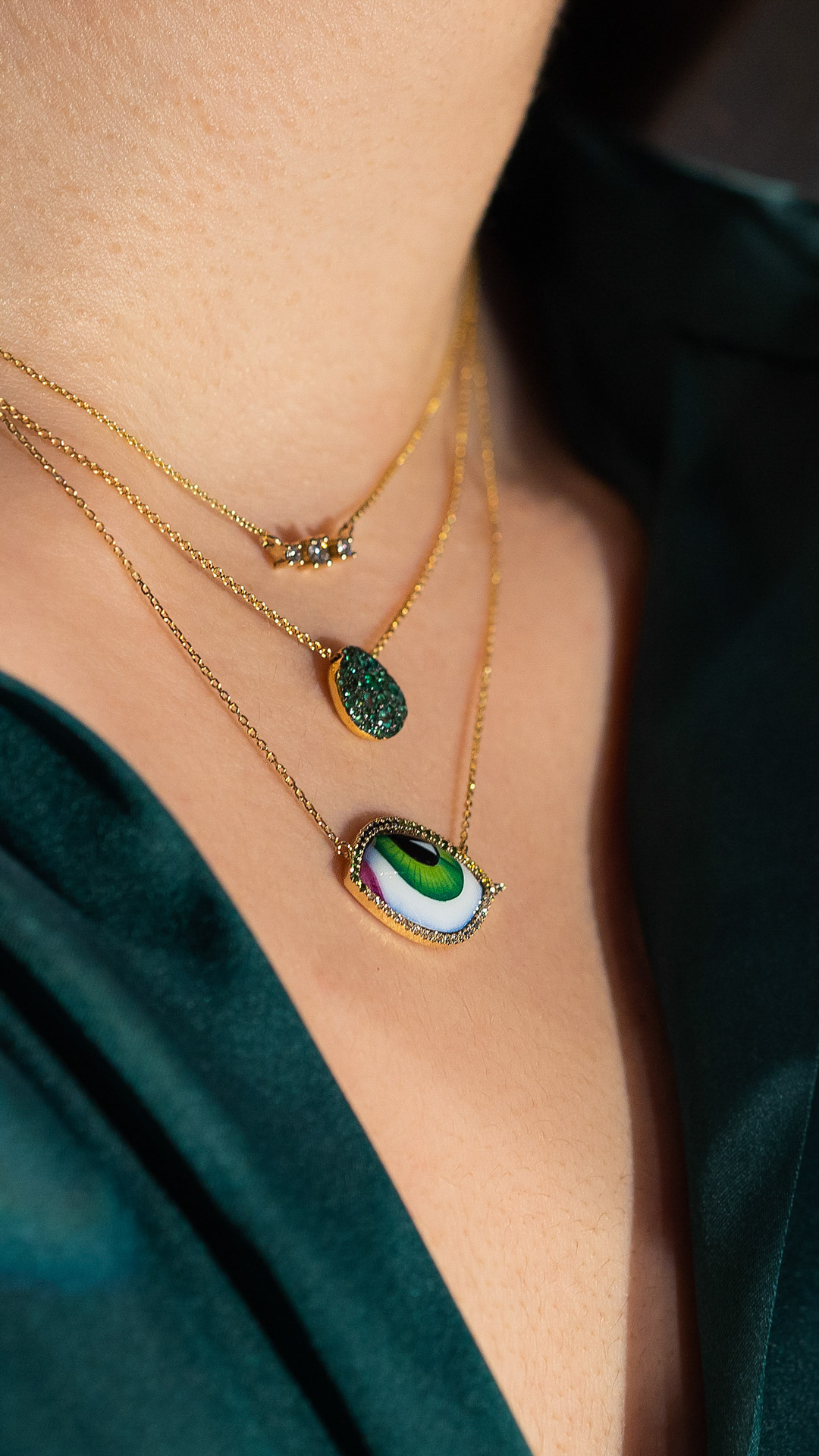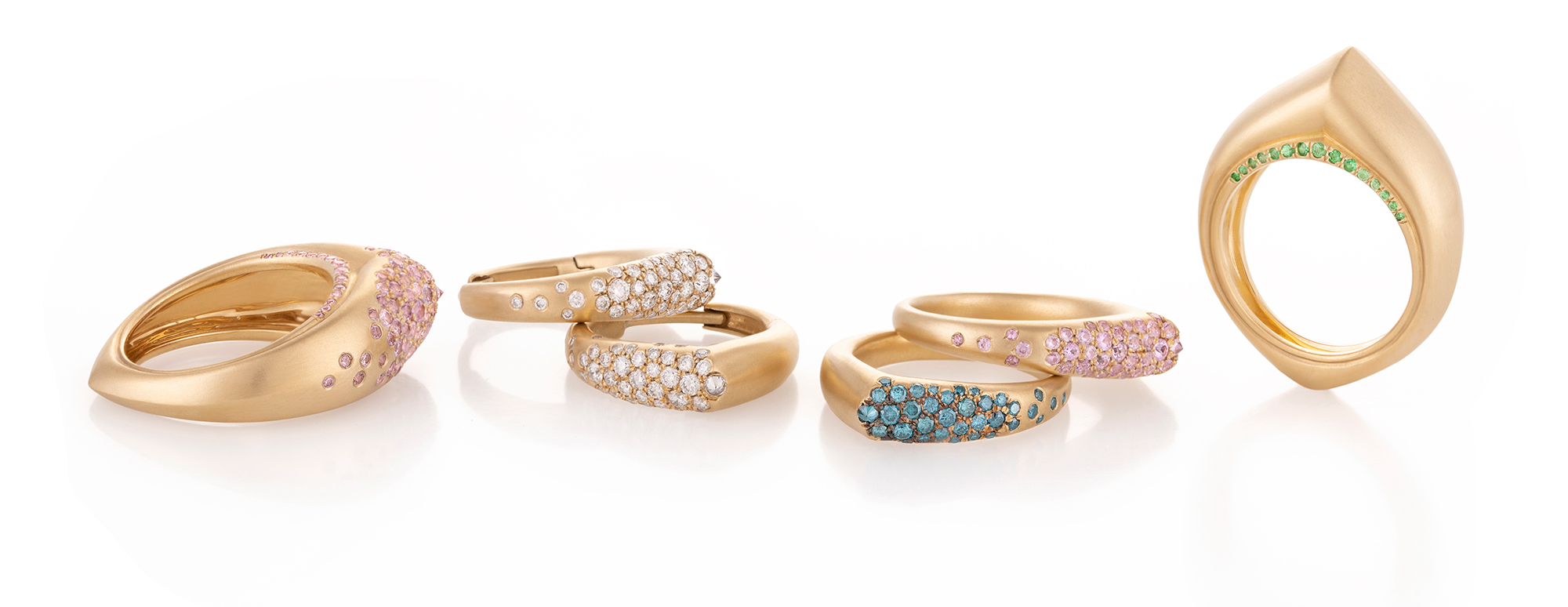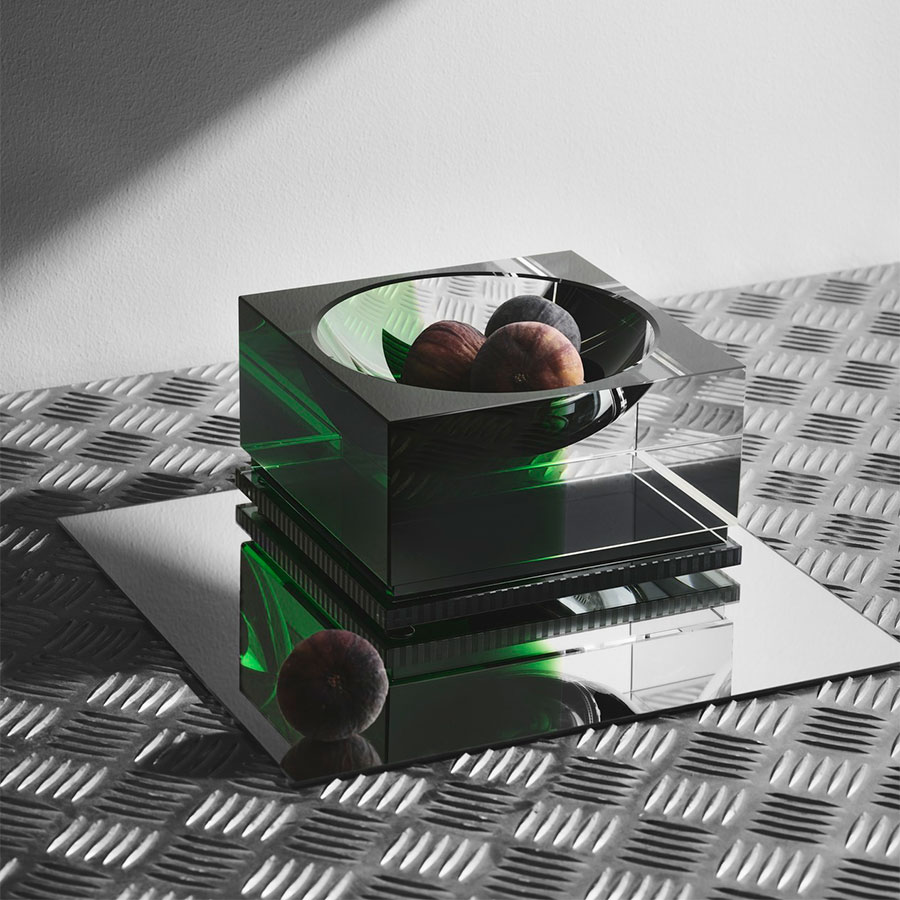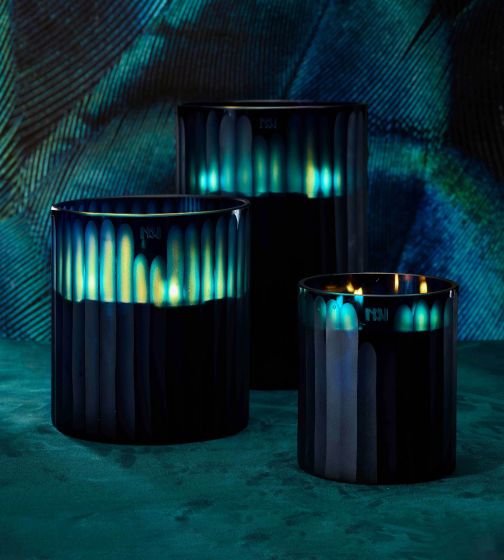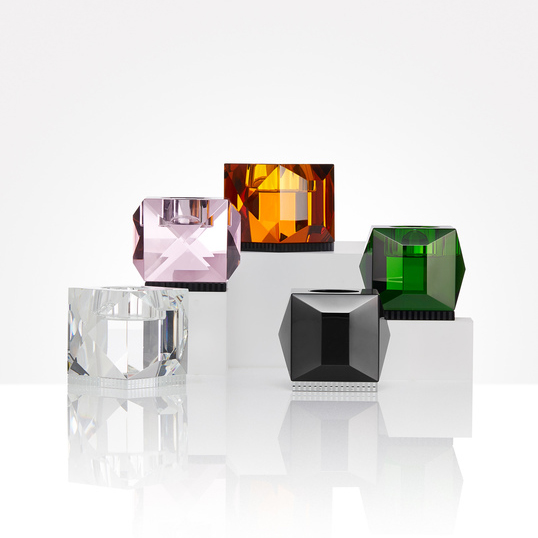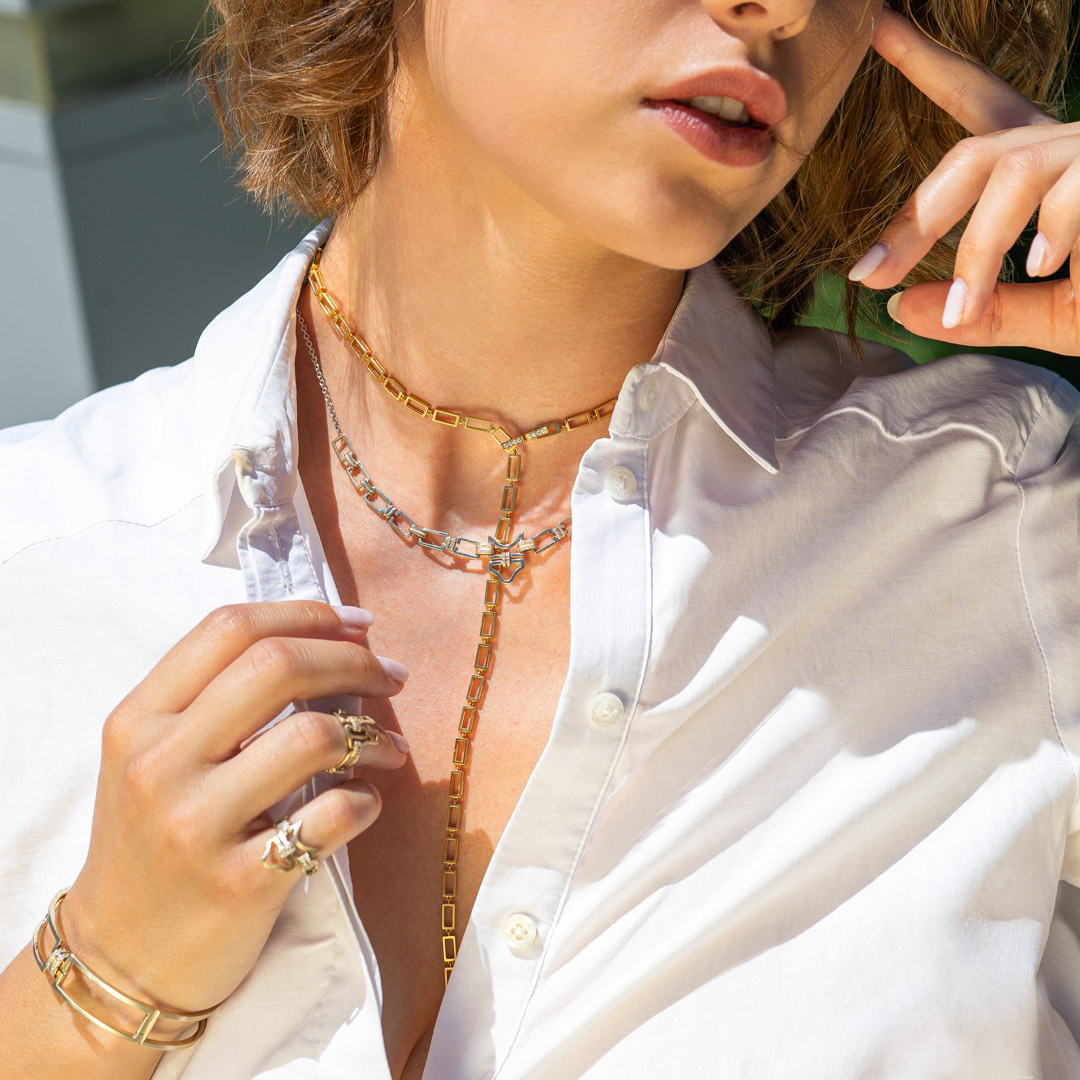Metal and Stone Guide
Gold
Solid gold is a precious metal that will not oxidize or discolor. Yellow gold comes in different beautiful golden hues depending on the blend, also called alloy. Pure 24kt gold is the base for all alloys, and while 24kt gold is naturally a distinct yellow, it is also less durable than lower karats. Therefore, most jewellery is made in 22K, 18K and 14K and its colour comes from combining pure gold with metals such as zinc and copper.14k solid gold is also an active lifestyle’s best friend; it scratches less and doesn’t bend or wear out as easily as 18k
White gold has a lustrous white look and is made of a mixture of pure gold and white metals such as nickel, silver and palladium. Although the variation in colour comes from the metal mixture and the types of metal used, it is usually plated with rhodium to add shine and durability.
Rose gold encompasses the whole family of red, rose and pink gold shades. Made of pure gold mixed with copper and silver alloys, the depth of colour in rose gold depends on the ratio of yellow gold to copper. Rose gold was first used in early 19th century Russia by the famed jewellery Carl Faberge.
Silver
Sterling silver is an alloy of silver, most often containing 92.5% of pure silver and 7.5% of other metals, usually copper. The silver is alloyed to increase its hardness and durability in order to make it suitable for use in jewellery. The sterling alloy originated in continental Europe and was used as early as the 12th century. 925 Sterling Silver is a lightweight metal made of 92.5% pure silver. It’s highly durable and designed for everyday wear.
18K Gold Vermeil
How do you pronounce it? Ver-may. Not to be confused with regular gold plating, vermeil is a thick layer of 18k solid gold on sterling silver meaning it will last longer. Vermeil, which is created by an electroplating treatment that coats silver with gold, is considered to be a precious metal. It was the Incas who were the first to make vermeil objects. They used complex techniques like folding or hammering on gold or silver leaf (as mentioned in Homer’s Odyssey) and mercury gilding, which was used from the 4th century BC, although this process was stopped because of mercury’s toxicity. Nowadays, therefore, electroplating is favoured.
In spite of being very resistant, vermeil has only recently found success. It was the rise in the price of gold that led to the rediscovery of this metal, which has a state hallmark and is subject to customs regulations. (Although vermeil is generally used on large objects such as sports trophies, its solidity and hypoallergenic qualities vermeil also appeals to jewellery designers.
Enamel
Enameling is a technique in which a glossy substance, traditionally a type of glass, is applied to the surface of metal or another hard surface. Traditional enamel is glass-based; there is also the cold enamel—also known as epoxy resin enamel—which does not contain glass. This type is far more durable and resistant to chipping that may sometimes occur with daily wear
Gemstones
From candy coloured gemstones to hand-cut diamonds, rich emeralds and freshwater pearls, our gemstone jewellery edit features a range of precious and semi-precious stones all unique in shapes and cuts. Agate, Amethyst, Aquamarine,Chalcedony, Chrysoprase, Coral, Emerald, Garnet, Iolite, Jade, Kyanite, Labradorite, Malachite, Moonstone, Onyx, Opal, Peridot, Pyrite, Quartz, Rhodochrosite, Ruby, Sapphire, Topaz, Tourmaline
Pearls
Whether it is South Sea, freshwater, Keshi, Akoya, Melo, cultured or natural, the pearl has always been highly valued for its beauty and rarity and has aroused as much fervour as precious stones. Born for the most part in oysters, pearls are small white or gray pearly beads that appear as a result of an irritation of the mollusk. Very abundant in Tahiti until the 20th century, they have been victims of their success and of pollution. They are also found in the Persian Gulf, in Japan and in all the archipelagos of the Pacific Ocean.
Diamonds
The diamond takes its name from the Greek word “adamas” (invincible). It is the hardest stone in existence and only another diamond can scratch it. It is a master stone in jewellery, and its power to fascinate makes it a major asset in seduction that illuminates jewels and makes them more brilliant. A symbol of eternal love, it is the lover’s favourite stone.
Size guide
Find the perfect fit for your ring size
Ideally fingers should be sized properly by a profesional jeweller using a ring sizer. If this is not possible then the following may be used to estimate your size.
Measure an existing ring
-
Select an existing ring that fits the desired finger.
-
Measure the internal diameter of the ring (in mm).
-
Use the below chart to determine your ring size.
Measure your finger
-
Wrap a strip of paper around your finger where you’d like your ring to be.
-
Make sure that the paper is pulled snug to your finger, the tighter the better, to find your best fit.
-
Mark the spot where the paper meets and measure the distance with a ruler (mm).
-
Use the below charts to determine your ring size.
| Circumference mm |
Diameter mm |
Ring Size |
Ring Size EU |
Ring Size UK |
Ring Size US |
| 37,8 |
12,04 |
12 |
38 |
A |
0,5 |
| 39,1 |
12,45 |
12,5 |
39 |
B |
1 |
| 40,4 |
12,85 |
13 |
40 |
C |
1,5 |
| 41,7 |
13,26 |
13 |
42 |
D |
2 |
| 42,9 |
13,67 |
13,5 |
43 |
E |
2,5 |
| 44,2 |
14,07 |
14 |
44 |
F |
3 |
| 45,5 |
14,48 |
14,5 |
45 |
G |
3,5 |
| 46,8 |
14,88 |
15 |
47 |
H |
4 |
| 48 |
15,29 |
15 |
48 |
I |
4,5 |
| 48,7 |
15,49 |
15,5 |
49 |
J |
5 |
| 50 |
15,9 |
16 |
50 |
K |
5,5 |
| 51,2 |
16,31 |
16 |
51 |
L |
6 |
| 52,5 |
16,71 |
16,5 |
52 |
M |
6,5 |
| 53,8 |
17,12 |
17 |
54 |
N |
7 |
| 55,1 |
17,53 |
17,5 |
55 |
O |
7,5 |
| 56,3 |
17,93 |
18 |
56 |
P |
8 |
| 57,6 |
18,34 |
18 |
58 |
Q |
8,5 |
| 58,9 |
18,75 |
18,5 |
59 |
R |
9 |
| 60,2 |
19,15 |
19 |
60 |
S |
9,5 |
| 61,4 |
19,56 |
19,5 |
61 |
T |
10 |
| 62,7 |
19,96 |
20 |
63 |
U |
10,5 |
| 64 |
20,37 |
20 |
64 |
V |
11 |
| 65,3 |
20,78 |
20,5 |
65 |
W |
11,5 |
| 66,6 |
21,18 |
21 |
67 |
X |
12 |
| 67,8 |
21,59 |
21,5 |
68 |
Y |
12,5 |
| 68,5 |
21,79 |
22 |
69 |
Z |
13 |
Tips & Tricks
-
Measure your fingers at the end of the day when they’re at their largest.
-
Cold weather can shrink your fingers up to half a size, so make sure they’re warm.
-
Lastly, alcohol and salt can make your fingers swell, so refrain from measuring them after cocktails and appetizers.
If still unsure, our team can help with any other questions you have about finding your correct size. Reach out to us here.


